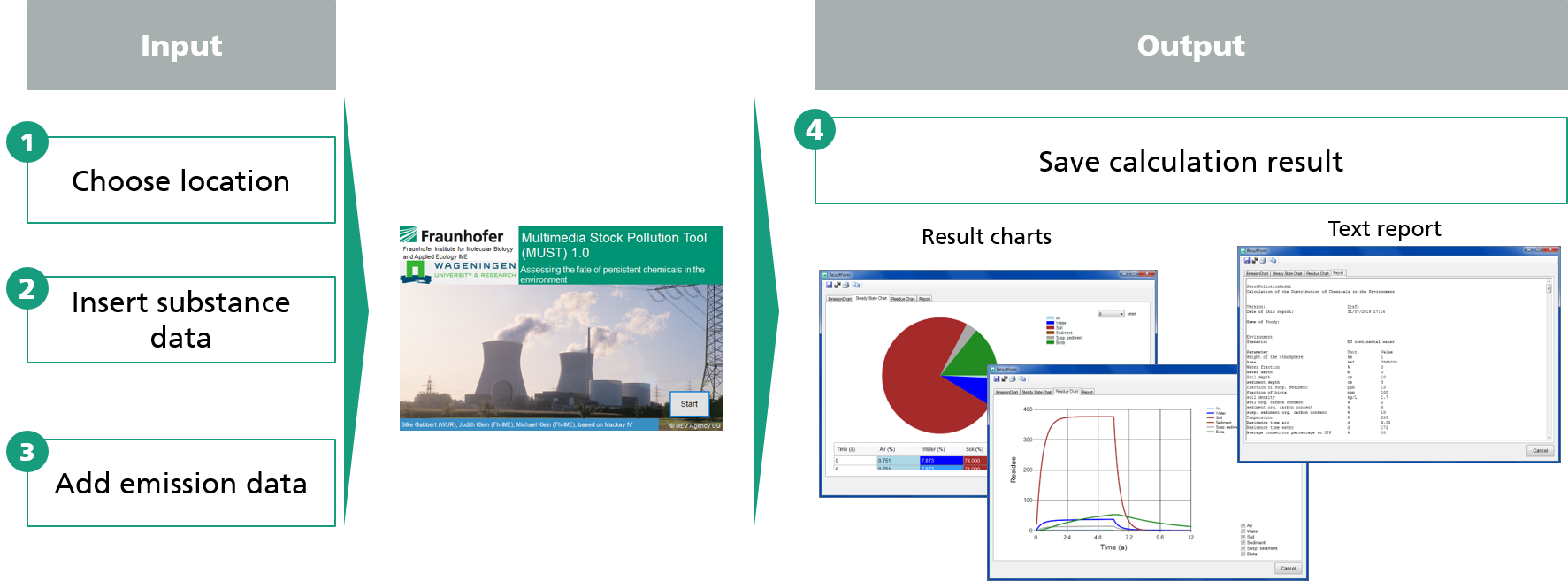
Figure 1: Input and output scheme of the program MUST
Assessing the fate of persistent chemicals in the environment over time

Figure 1: Input and output scheme of the program MUST
MUST is a dynamic modelling tool which calculates the expected concentration (pollution stock) in the environmental compartments air, water, soil, sediment, suspended sediment and biota given a defined and time-dependent emission scenario. The user can define the time dependence of the release pattern. The tool estimates overall half-lives for the disappearance (DT50) and degradation (DegT50). In addition, time dependent (Mackay IV) and steady state distributions (Mackay III) are calculated.
Analysis. MUST is a user-friendly implementation calculating the mass and the concentration of a chemical in the environment. As input, the user chooses between two environmental scenarios, enters the physico-chemical properties of the chemical and emission values. Emission data can vary over time.
As a result, the tool provides a text report containing the model input and output (e.g. regulatory endpoints like a global half time value). Numerical results can be used to analyse how a change of an emission scenario (e.g. an emission stop, or a reduction of emissions) impacts the expected time path of pollution of a persistent chemical. In addition to numerical results, MUST displays charts of input data (emission data) and output data (pie chart of steady state distribution, line chart of change of chemical residue in environment in time).

Figure 2: Procedure- The user has to fulfill four steps for the calculation of chemical stock pollution in the environment.
User interface and friendliness. MUST is implemented in VB.NET as a user-friendly stand-alone program. The graphical user interface is intuitive. Specific programming skills are not required.